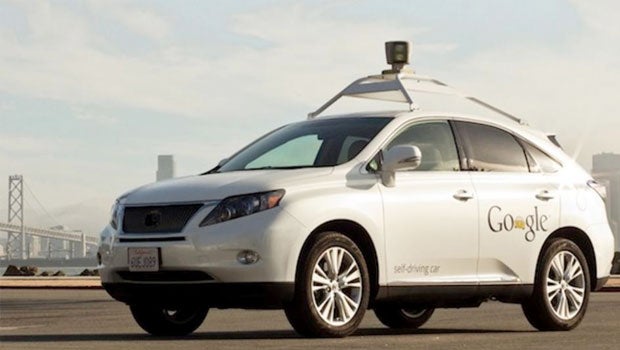Google under pressure to slow automated car introduction

Despite long being a sign of the future, Google is reportedly facing mounting pressure to slow its development and rollout of technologies for the automated car market.
With consumers still reportedly uncertain about adopting driverless cars, Google is said to be facing increased pressure from both internal and external avenues to take a more patient, gradual approach to its automated car development.
With the search giant’s lawyers and legal advisors said to be wary about the potential dangers posed by autonomous cars, it has been suggested
According to claimed “people close to the company,” these measures include limiting automated vehicles to 25 miles per hour and adding foam front ends to cars in a bid to minimise dangers and damage in the event of a crash. Google has previously suggested that it would push to bring a fully autonomous car to market by 2017.
“We want to improve people’s lives by making driving safer, more enjoyable, and more efficient,” an official Google spokesperson said in a statement earlier this week. “We’ve successfully driven over half a million miles across a wide variety of terrain and road conditions, and we’re very pleased with the performance,”
They added: “We’re continuing to develop and refine the technology, but we aren’t going to elaborate about specific plans at this point.”
Ron Medford, Safety Director on Google’s autonomous car team recently stated: “We are concentrating now on getting to our vision … a fully autonomous car without the need for a driver. That is our ultimate goal.”
Via: WSJ

